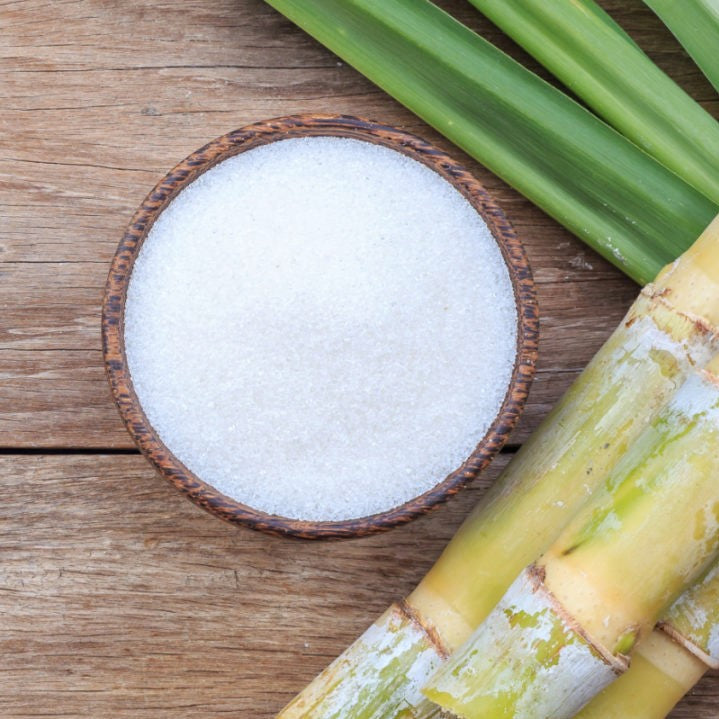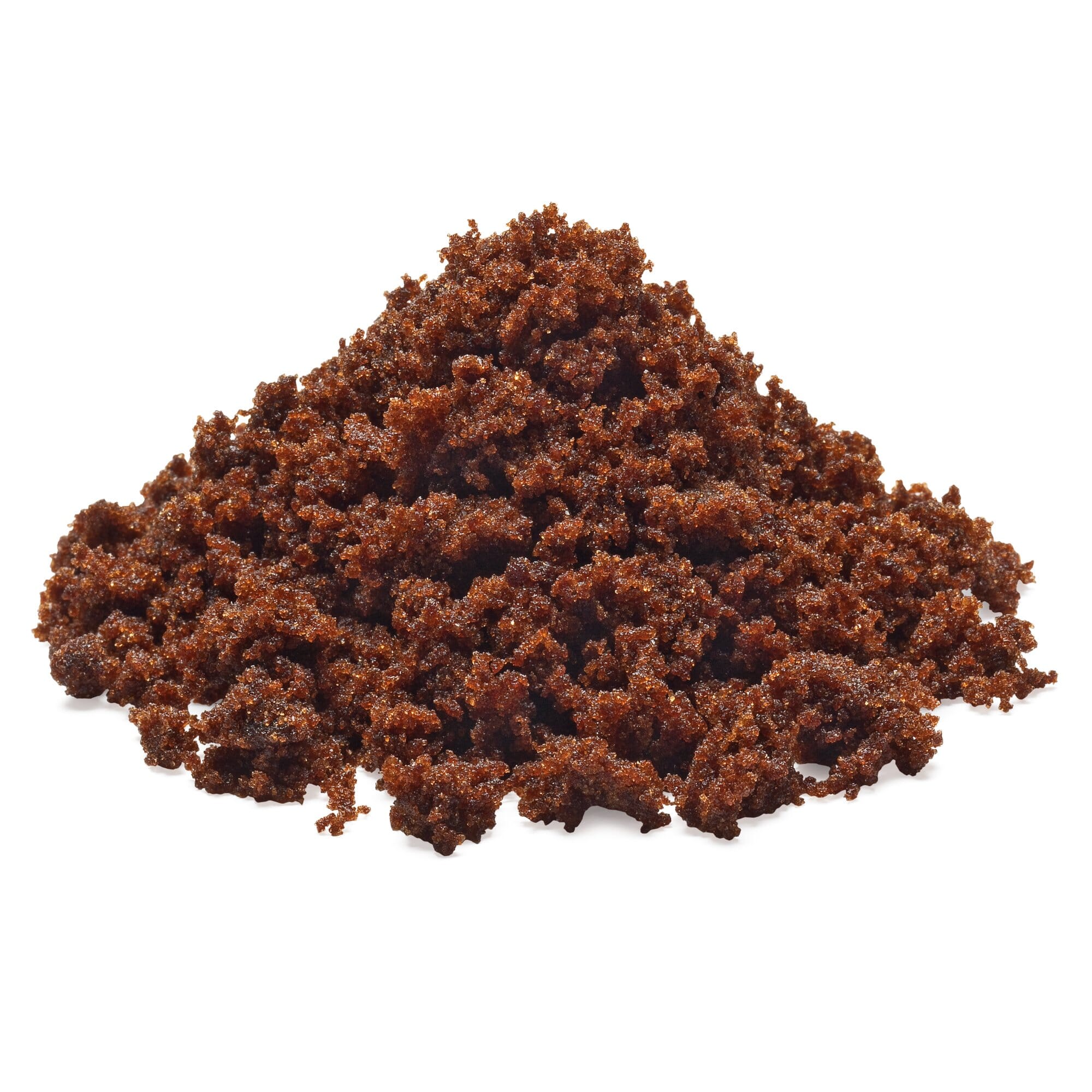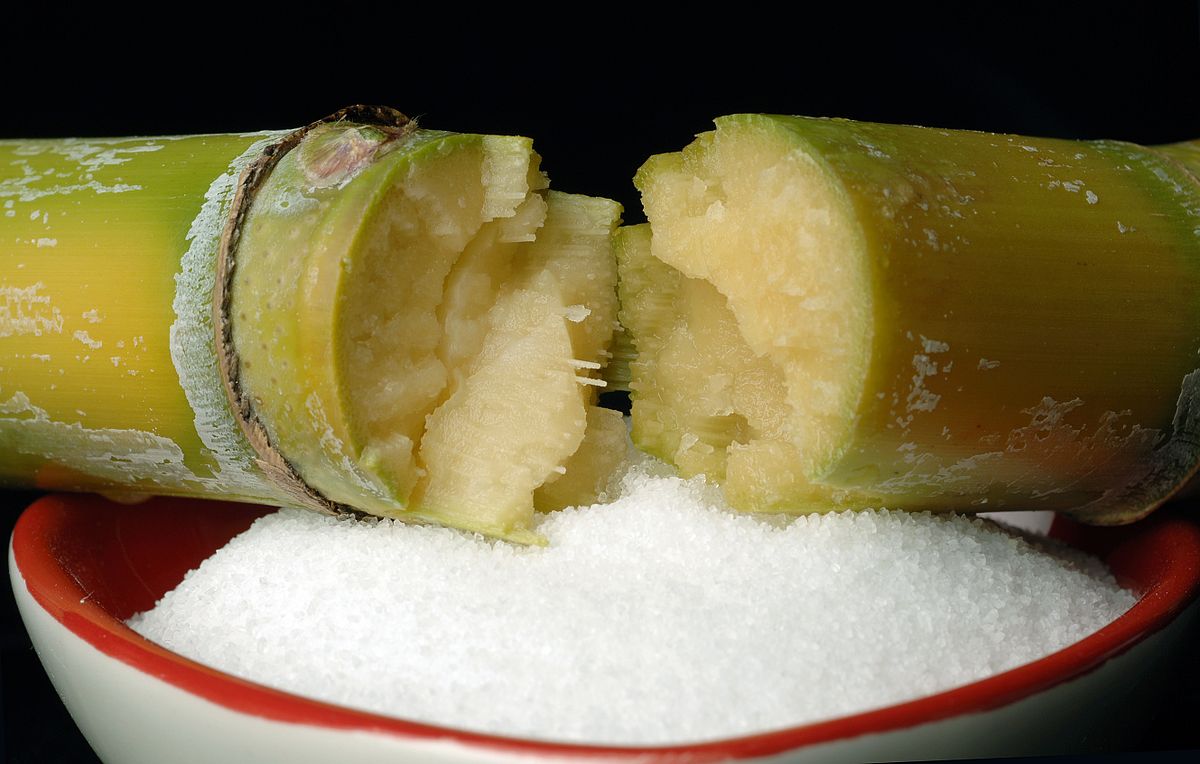Advanced Cane Sugar Processing: Enhancing Efficiency and Sustainability
Advanced Cane Sugar Processing: Enhancing Efficiency and Sustainability
Blog Article
Checking Out the Comprehensive Steps Associated With Walking Cane Sugar Handling From Gathering to Improvement
The process of walking stick sugar manufacturing includes a series of intricate steps, starting with the mindful harvesting of sugarcane and culminating in the refinement phases that ensure the final product fulfills sector standards. Each phase, from the removal of juice to the filtration and formation processes, plays a crucial function in establishing the top quality and character of the sugar.
Harvesting Sugarcane
Harvesting sugarcane is a critical step in the walking stick sugar processing chain, as it straight affects the top quality and return of the last product. Appropriate timing and methods are necessary throughout this phase to guarantee ideal sugar material and lessen losses. Commonly, sugarcane is collected when it gets to maturation, usually 12 to 18 months after planting, characterized by a high sucrose concentration.

Post-harvest, the sugarcane needs to be refined promptly to avoid sucrose degradation. Preferably, harvested walking stick needs to be transferred to refining centers within 24 hours to preserve sugar high quality. For that reason, reliable logistical preparation is critical to preserve the integrity of the harvested plant throughout the supply chain.
Removal Process

The crushed cane is subjected to a collection of pushing operations to make best use of juice recuperation. Commonly, warm water is sprayed onto the crushed walking cane, developing a countercurrent flow that helps liquify the sugar while additionally helping in the extraction procedure. The juice gathered from this operation contains not just sugar yet additionally different organic substances and contaminations.

To boost extraction performance, some centers may use diffusion approaches, where the sugarcane is soaked in warm water, enabling the soluble sugars to diffuse into the liquid. The resulting juice, abundant in sucrose, is then directed to subsequent processing stages, laying the foundation for purification and refinement. The extraction process is thus pivotal in identifying the high quality and yield of the last sugar item.
Filtration Methods
The filtration techniques employed in cane sugar processing are essential for transforming the raw juice into a high-quality sugar product. These methods mainly aim to remove impurities, such as soil, plant products, and inorganic substances, which can adversely affect the last item's taste and color.
One of the most common filtration techniques is clarification. This process involves including lime and warm to the raw juice, which facilitates the coagulation of impurities. The resulting precipitate is then gotten rid of via sedimentation or purification, generating a more clear juice. In addition, using phosphoric acid can improve the clarification procedure by additional binding impurities.
One more significant method is carbonatation, where carbon dioxide is presented to the clarified juice. This response creates calcium carbonate, which captures staying impurities and advertises their removal.
Furthermore, turned on carbon treatment may be applied to adsorb any kind of staying colorants and natural pollutants, guaranteeing a much more refined item. The combination of these methods successfully prepares the sugar juice for succeeding action in the refining procedure, establishing the stage for the manufacturing of premium walking cane sugar.
Crystallization Techniques
After the filtration phase, the next essential step in walking stick sugar processing includes formation techniques, which play a pivotal duty in transforming the cleared up juice right address into solid sugar. This procedure normally employs two main approaches: spontaneous condensation and controlled formation.
In spontaneous condensation, supersaturated sugar services are permitted to cool naturally, causing the development of sugar crystals in time. This approach is simpler yet might result in irregular crystal sizes and reduced purity levels. On the other hand, regulated crystallization is a more accurate method where temperature level, concentration, and seeding agents are carefully taken care of. This technique enables the uniform development of sugar crystals and greater pureness.
During crystallization, the cleared up juice is concentrated with evaporation, enhancing its sugar material till it gets to supersaturation. When this factor is accomplished, either technique can promote the crystallization process. Cane Sugar Processing. The resultant sugar crystals are then divided from the continuing to be syrup via centrifugation
Inevitably, the choice of condensation technique influences the top quality, dimension, and pureness of the last sugar item, making this step necessary in the general cane sugar processing treatment.
Refinement and Product Packaging
Exactly how can the pureness and quality of walking cane sugar be these details further improved after crystallization? The refinement procedure plays an important duty in achieving top notch cane sugar.
Next, the sugar undergoes a process called centrifugation, where it is rotated at high rates to separate the cleansed sugar crystals from the continuing to be fluid. After centrifugation, the sugar is usually additional fine-tuned via a method called carbonization or phosphatation, which uses turned on carbon or phosphoric acid to eliminate color and off-flavors.
When improved, the sugar is dried out to achieve the preferred dampness content, making sure that it continues to be stable during storage and transportation. The last action entails packaging the anonymous refined sugar in moisture-proof and closed containers to keep its top quality and prevent contamination. Cane Sugar Processing. Appropriate packaging not only prolongs life span however also promotes very easy handling and circulation, ensuring that consumers receive sugar that meets the highest possible standards of purity and quality
Conclusion
The comprehensive steps associated with walking stick sugar handling, from the thorough harvesting of sugarcane to the complex improvement and product packaging phases, emphasize the value of each phase in making sure high-grade sugar manufacturing. Ideal harvesting methods, reliable removal approaches, and extensive purification processes jointly add to the end product's pureness and security. The condensation and subsequent product packaging techniques better boost the honesty and service life of the sugar, highlighting the complexity and accuracy fundamental in this crucial farming sector.
The process of walking cane sugar manufacturing incorporates a series of intricate actions, beginning with the careful harvesting of sugarcane and finishing in the improvement phases that guarantee the final item meets sector requirements. Preferably, gathered cane needs to be delivered to processing facilities within 24 hours to preserve sugar top quality.In spontaneous condensation, supersaturated sugar solutions are enabled to cool normally, leading to the development of sugar crystals over time - Cane Sugar Processing. The refinement procedure plays a vital role in attaining premium cane sugar.The comprehensive actions involved in walking cane sugar processing, from the careful harvesting of sugarcane to the intricate refinement and packaging phases, highlight the relevance of each phase in making certain top quality sugar manufacturing
Report this page